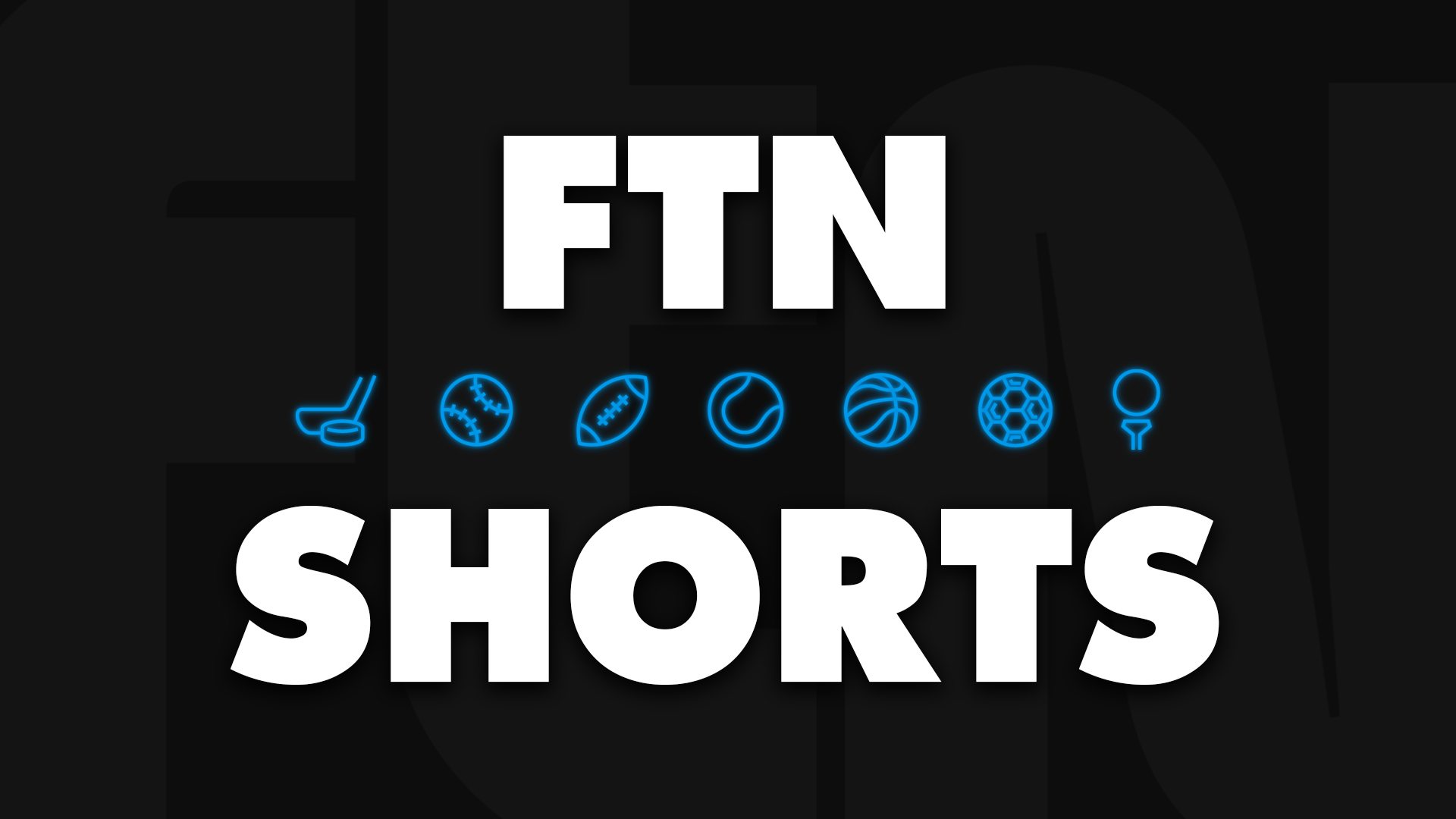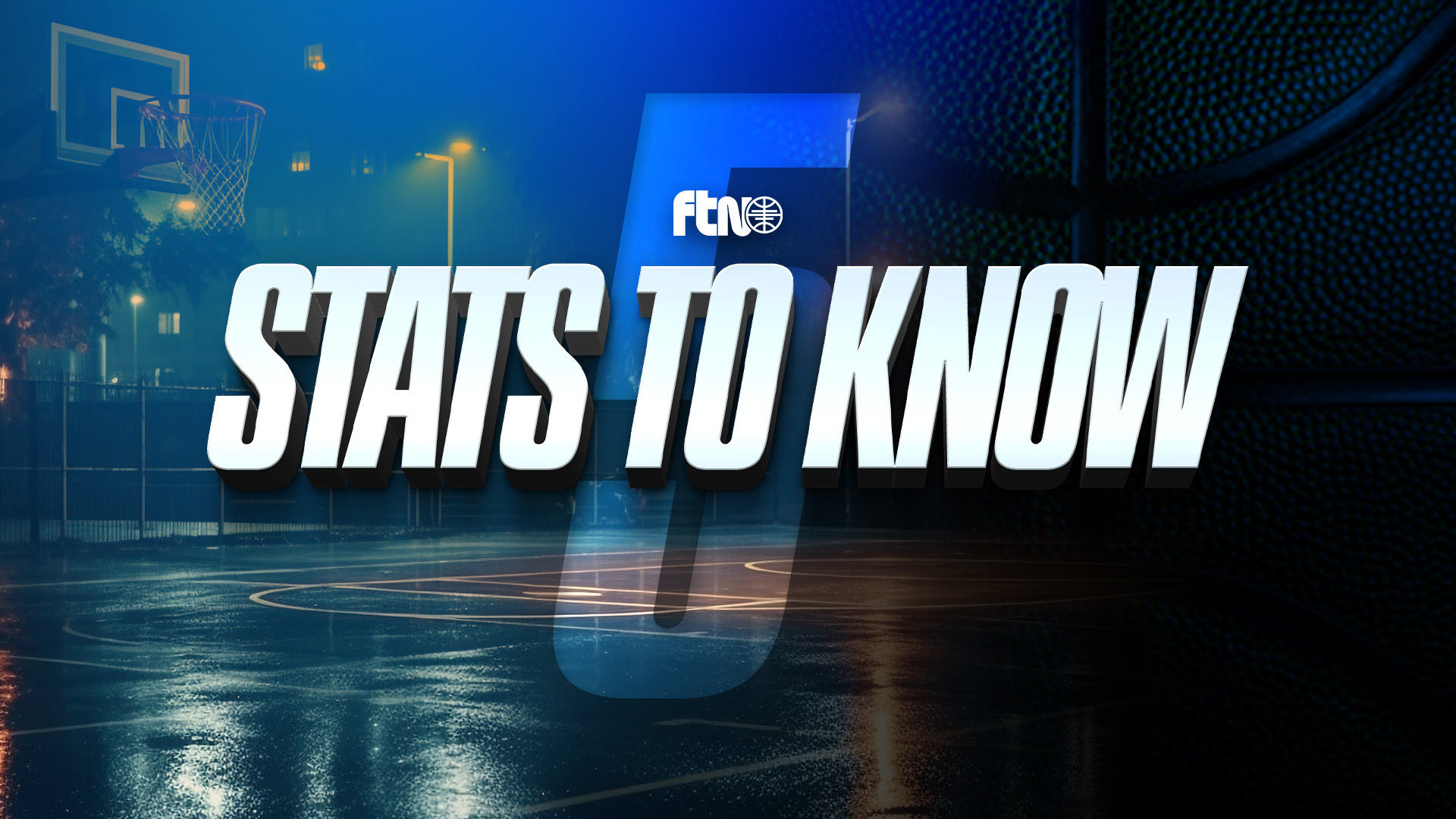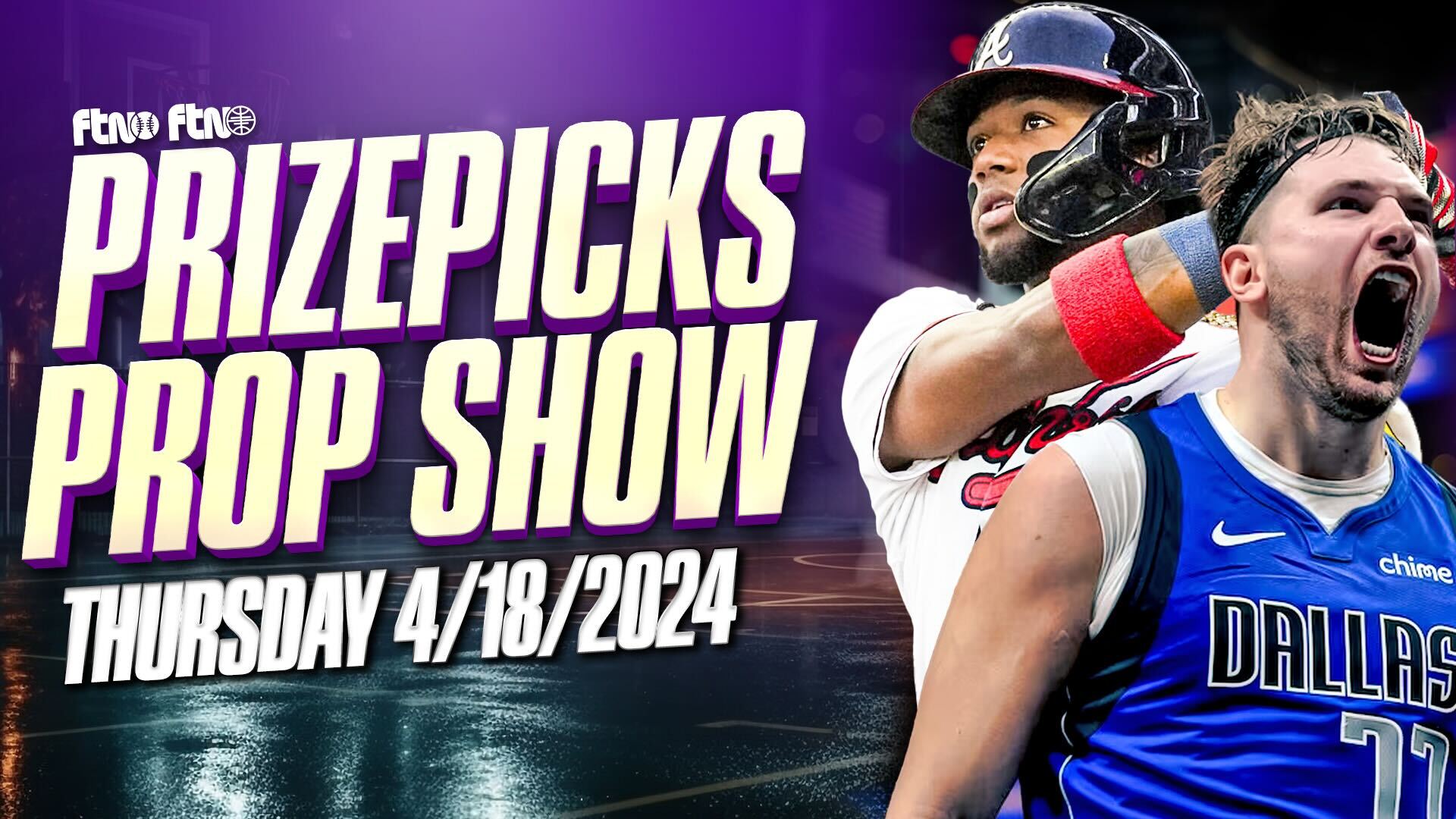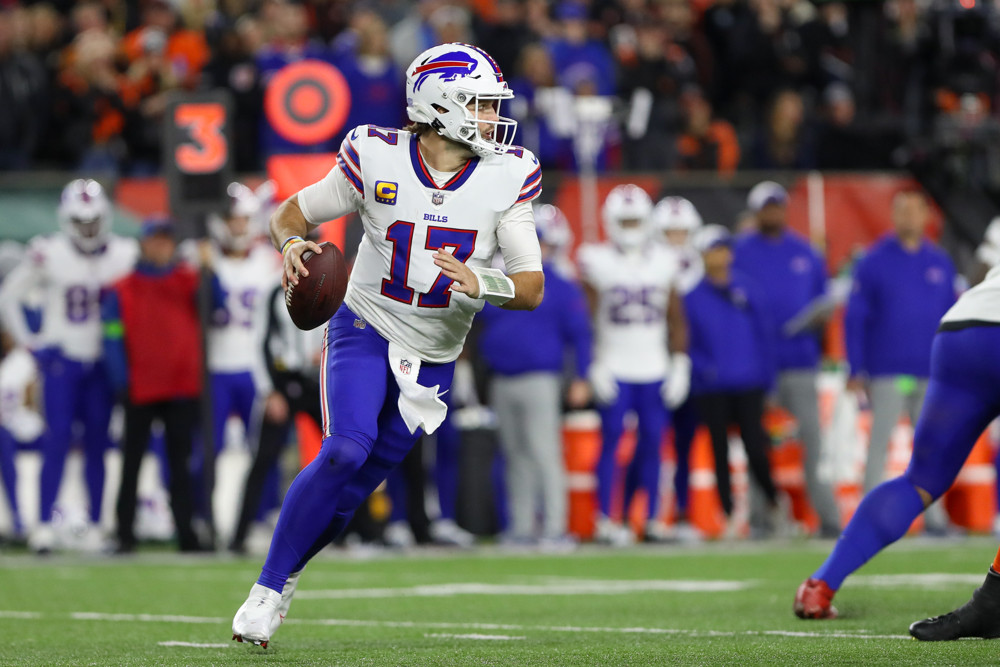
I consider myself one of the more OG DFS pros, having played DFS since 2012. I fondly remember playing on DraftStreet, FanThrowdown and even Buzzdraft. One way or another though, most of my action has been on DraftKings and to a lesser extent FanDuel over my playing career.
Playing NFL DFS profitably was a lot easier back in 2013 than it is now. However, I’ve made more money in recent years since prize pools are larger by adapting my strategies to the changing playing fields. Each week in my articles, I’ll talk about how I approach tournaments that week and some ideas I have that I think can give me an edge.
Let’s look at how I tackled NFL DFS differently over the years. At the end of the article, I’ll talk about some tweaks and strategies I’m going to try to employ more in GPP’s this year.

2012 and 2013: Points per dollar and overlay
While I currently portray myself as a contrarian troll, back in 2012 and 2013 I didn’t even think about ownership percentage. There were hardly any fantasy sites focused solely on DFS; I often just used traditional fantasy football information websites and plugged their projections into a spreadsheet to figure out fantasy points per dollar for a lot of the key players. Tournaments were much smaller then so being contrarian wasn’t as important as today anyway.
One edge I quickly appreciated was overlay in tournaments. Overlay is when a tournament’s prize pool exceeds the entries coming from players, meaning the site is adding money into the prize pool instead of raking. I realized that even an average player would expect to make money from playing if the site was forced to add money to the prize pools. Because of the overlays, most of my play was in tournaments, but I did occasionally play cash games.
In terms of stacking in tournaments, I understood the need to stack a quarterback with a wide receiver, so I pretty much always did that with my lineups. However, I hardly ever stacked my quarterback with more than one player and didn’t employ game stacking or bringbacks unless it was by accident.
My big win in 2013 was taking first place in the FanThrowdown championship for $100k (I earned max entries by entering their qualifiers that always overlaid). At the time, I thought it was crazy how much I was able to win in a single week of NFL DFS. Needless to say, things got a lot crazier over the years.
2014 and 2015: Points per dollar, overlay, statistics and low ownership
In 2014-2015, I still focused heavily on points per dollar and overlay, but I also started to focus more on having some low-owned players. If I viewed a chalk player as a good value, I still used him plenty and didn’t employ fading him (if anything, I generally overowned the chalky players who were slightly better values). I viewed game theory more as something to sprinkle in, not my main focus.
I also started to do a deeper dive into wide receiver statistics instead of just relying on fantasy projections. I focused more on targets and eventually snap counts. One of the reasons I used low-owned Davante Adams in the 2015 Divisional Round playoffs (my first Milly Maker win) was that he had plenty of snaps and just seemed due for that breakout game. At the time, most other players weren’t looking at snaps yet and only some even talked about targets.
The big DFS boom came in 2015 and with it a lot of new DFS sites. Pretty much none of them made it, but it did represent a great opportunity as a player to grind overlay. So a lot of my strategy involved grinding overlay at the small sites to make small wins to use as funds to hopefully hit a big win on DraftKings. That strategy paid off in spades.
This period was probably the last in my playing career where I played cash games in any significant fashion. Even then, I’d say at least 80% of my play was still in tournaments, but I did roll out a cash lineup or two each week to enter the large-field double-ups. I don’t bother doing that anymore.

2016-2018: Shifting strategy to more game theory
With the DFS boom over and fewer sites to play on, my strategy of grinding overlay pretty much came to an abrupt halt in 2016. With plenty of DFS information sites out there, most players also knew who the good value plays were each week, making focusing on points per dollar less helpful.
I started fading public plays more aggressively in these years, often to my detriment. I posted a small losing year in 2016 for the first time. The chalk seemed to hit a lot that year, and I probably faded too many running backs that were just too good of values to ignore.
After my 2016 losing season, I worried that my days of making significant money at DFS were over. I didn’t tweak my strategy much in 2017, but my results were much better. One thing I remember doing is focusing more on having a higher ownership on hated players and overowning guys who had busted in previous weeks.
I posted a couple of small six-figure wins and managed to win one seat to the DraftKings championship going into Week 14. When creating my lineups for Week 14, I remember throwing in a couple of Brett Hundley/Davante Adams lineups since Hundley was chalk a couple weeks before and busted. When Zach Ertz was declared out in the morning, I also put Trey Burton in over half of my lineups (he was only 5% owned since he busted in this situation previously in the season).
The stars aligned for a near-perfect lineup for my second Milly Maker as well as maxing out on DraftKings Championship seats. All told, my net win was about $1.8 million that week.
I ran a fairly similar strategy in 2018 as 2017, but my results were not nearly as stellar. I ended up posting a small win for the season, but nothing notable to brag about.
2019-2020: A focus on lineup construction and trends bias
One trend I noticed in 2019 that pros utilized more than me in tournaments was game stacking. Until 2019, I generally just had a quarterback with one or two pass catchers and maybe one bringback. I pretty much never game stacked or adjusted my GPP lineups based on the entries in the tournament.
I ended up employing game stacks a lot more in 2019 and especially 2020, primarily in tournaments under 2,000 or so total entries. While they somewhat cap your ceiling, stacking a high-scoring game can just put you in such a better position to win a tournament especially when the other games brick.
I also tweaked how I went about making contrarian picks and lineups. I started to do more of a deep dive into the trends the public was following. When the public was following a trend or even a statistic that was just getting lucky in my opinion, I was more open to aggressively fading that than for example fading a highly owned injury replacement running back that was a good value.
In 2019, I ended up winning my third Milly Maker by employing a Packers-Raiders game stack, fading the Falcons-Rams game, and having heavy ownership on my favorite individual player of the week who also happened to be low owned, Latavius Murray.
In my opinion, the public has fallen way too in love with the over/under since the high over/under games (especially Falcons games) happened to be close games that went way over in previous weeks. Obviously the total matters, but a game with a 45 total can easily outshoot a game with a 50 total.
This Milly Maker was a $3,000 entry and nearly half of the entrants used Jared Goff or Matt Ryan as their quarterback. Aaron Rodgers was under 3% owned since Davante Adams was out and people weren’t sure what to stack him with. I decided to just stack him with two of his wide receivers, Marquez Valdes-Scantling (who had a huge, long touchdown) and Geronimo Alison (who didn’t score many fantasy points). I game stacked my lineup with both Josh Jacobs and Darren Waller as bringbacks, and both had big games.
Last year I had a very solid year as well, despite no Milly Maker win and a relatively underwhelming performance at the DraftKings Championship. If you read my articles last year, I talked a lot about game stacking as well as focusing on smaller tournaments with top-heavy prize pools.
Another change I made last year was focusing more on target share instead of raw targets. I noticed the public still gets too exuberant if a wide receiver has a lot of targets (or getting scared if a stud has relatively few targets) over the course of a few games. This is often just because the team happened to get way ahead or behind and gameflow meant the quarterback just didn’t throw a lot of passes.
2021: Tweaks I’m considering
Given 2019 and 2020 were my two best consecutive seasons, I don’t intend on changing my strategy too much at the outset. One idea I had is to utilize the wide receiver more in the flex this year to add extra ceiling to my lineups. In the past I had generally utilized three running backs since running backs were generally better values. Lately, there is less of a value difference between running back and wide receiver, so I’m going to look to add more wide receivers to my lineups if that trend sticks, especially if it means game stacking them more.
I also think FTN Data may help provide some analysis behind what is good or bad data. For example, the quarterback’s first-look percentage may be a helpful tool if a wide receiver’s target share may rise or fall. The running back data may provide clues on what low dollar, lesser snap count running backs still have high ceilings due to touchdowns or big run plays.
I’m very excited about the start of the NFL season. My NFL DFS strategy has changed a lot since 2013, and I expect to continually tweak it in the future. Each week brings a new challenge.






























